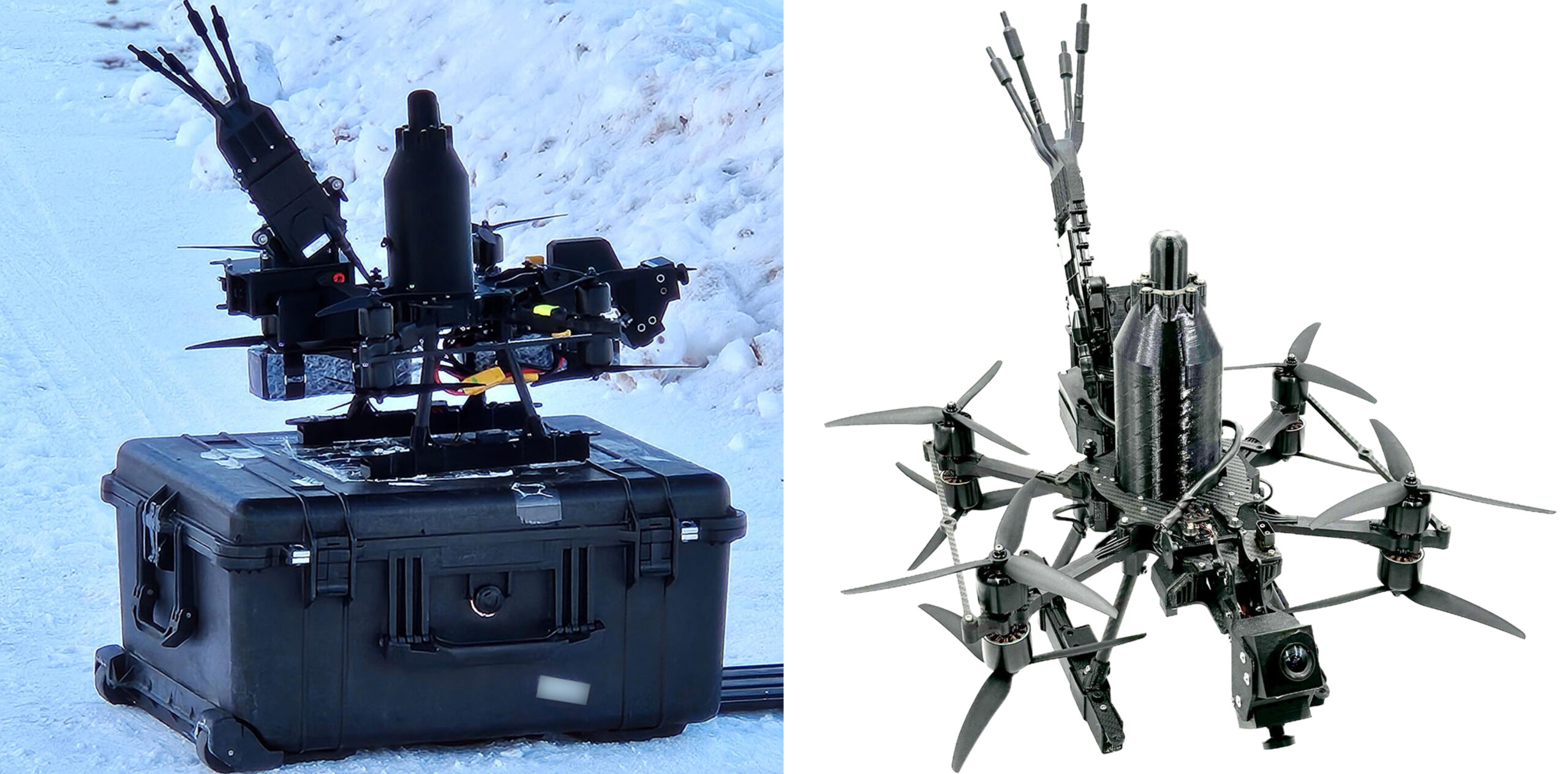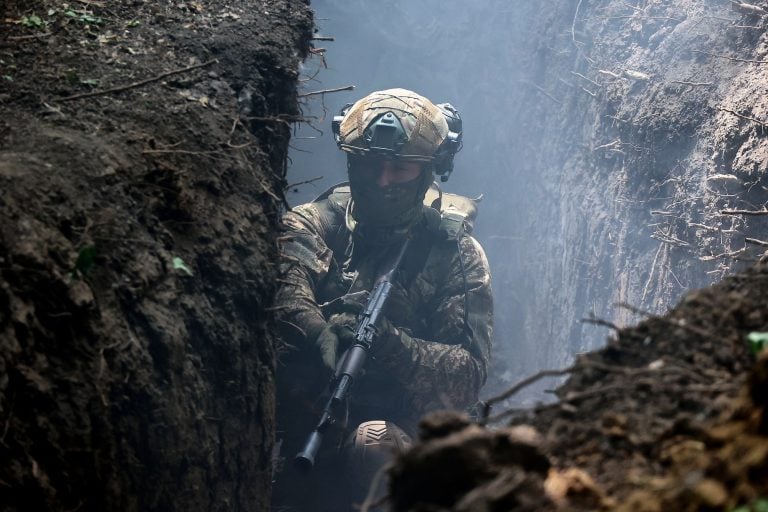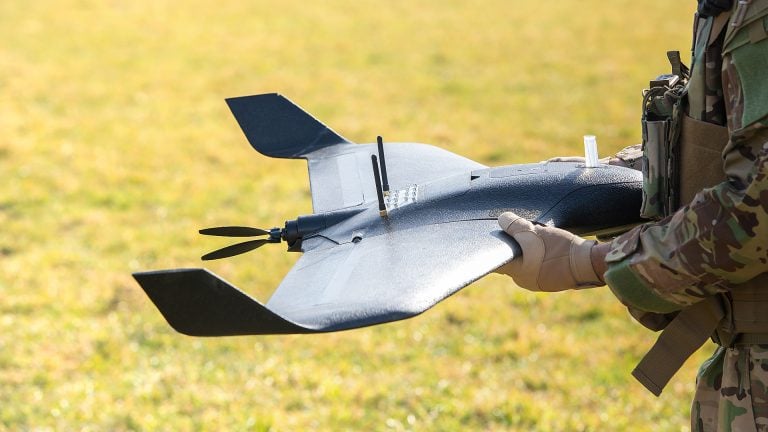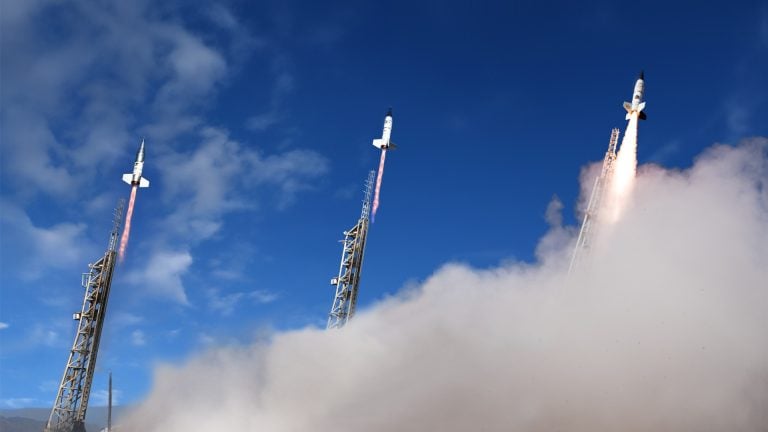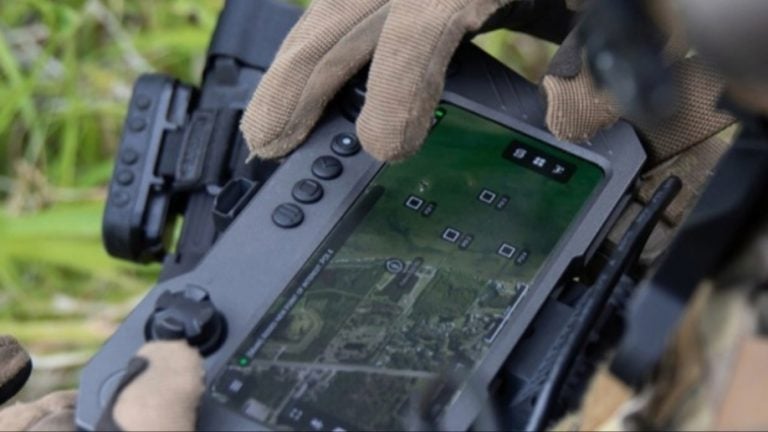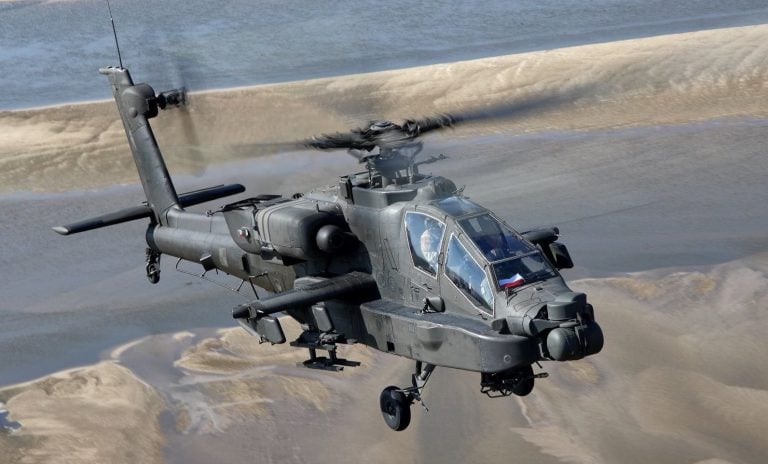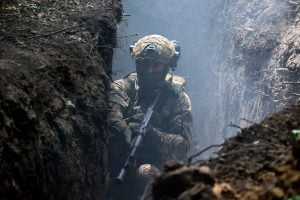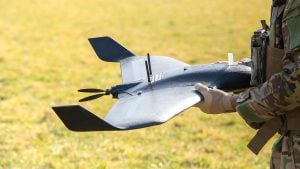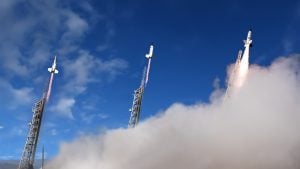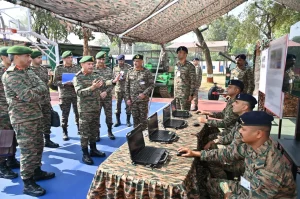American tech company Cyberlux Corporation has successfully tested its rotary wing unmanned aerial system (UAS) for the US Special Operations Command during a recent event in Rena, Norway. This gathering focused on evaluating the UAS’s performance under mission scenarios pertinent to US and NATO Special Operations Forces (SOF) operating in Arctic environments.
The UAS model evaluated during these tests featured “Omniscience” artificial intelligence software, which has been developed by the California-based firm OKSI. This advanced software enabled the UAS to navigate complex scenarios autonomously, showcasing its capabilities through various operational demonstrations.
Among the critical technologies highlighted during the event were Cyberlux’s Visual Inertial Odometry, which allows for precise navigation without relying on GPS. This is particularly vital in challenging Arctic conditions where GPS signals may be unreliable. Additionally, the system demonstrated Automated Target Recognition, designed to facilitate rapid target tracking and identification. Machine Learning Integration was also on display, showcasing its potential for adaptive decision-making and maintaining autonomous flight in high-threat environments.
While Cyberlux did not disclose the specific model of the helicopter UAS used during the Norway exhibit, it is plausible that the company deployed units from its X-8 or X-4 drone families, which typically weigh between 0.7 to 2.7 kilograms (1.5 to 5.9 pounds).
The event, known as the Arctic Warrior Experiment, serves as a collaborative effort among the US, Norway, and other allied forces to test equipment under the unique challenges posed by Arctic conditions. This military partnership offers defense contractors a platform to trial new technologies, refine their products, and explore the potential for integrating these tools into effective tactical applications.
Mark Schmidt, CEO of Cyberlux Corporation, emphasized the significance of the Arctic Warrior Experiment, stating, “The event offers an unparalleled opportunity for SOF teams to engage directly with emerging technologies that address the unique challenges of Arctic warfare.” He further noted that the rotary wing UAS, augmented by OKSI’s innovative AI features, reflects the necessary advancements to ensure operational superiority in even the most contested and complex environments.
